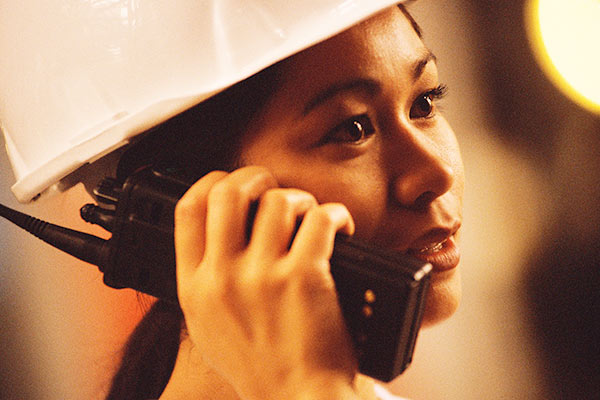26 June 2012
Safety expertise great value-added skill
By Henry DeVries
Many employees today are adding safety expertise as a “value added” skill to make them more likely to be hired or retained in a tight job market. Specialists are needed to cope with technological advances in safety equipment and threats, changing regulations, and increasing public expectations.
“I want people when they come to work to know that they are trained and feel comfortable enough to do their job and that I have done everything I can to mitigate any hazards,” says Ellen Ray. “At the end of the day, they can go home to their families in one piece. I do feel like I make a difference.”
 She is part of a growing number of professionals in various fields who are seeking more safety training. According to the Bureau of Labor Statistics, employment of occupational health and safety specialists and technicians is expected to increase 9 percent between 2006-2016. Employment growth reflects overall business growth and continuing self-enforcement of government and company regulations.
She is part of a growing number of professionals in various fields who are seeking more safety training. According to the Bureau of Labor Statistics, employment of occupational health and safety specialists and technicians is expected to increase 9 percent between 2006-2016. Employment growth reflects overall business growth and continuing self-enforcement of government and company regulations.
Ray, who starts her work day at 6 a.m. overseeing construction projects for the Orange County Sanitation District, said, while there is a lot of training and education available for health and safety professionals, there is still a lot to learn.
“Things are changing all the time. Even with all the training on any given day somebody will have fallen off a ladder or be injured in a trench,” she said. “As far as I’m concerned, even one person getting injured is one too many. We really try to push safety,” she added.
Emergency preparedness will continue to increase in importance, creating demand for these workers. More specialists will be needed to cope with technological advances in safety equipment and threats, changing regulations, and increasing public expectations.
The OSHA training program, such as the one run locally by UC San Diego Extension, is designed for those who want to learn the science of safety. Instructors - all safety professionals - cover a wide variety of real-world safety and emergency preparedness topics including accident investigation, evacuation and emergency planning, fall prevention, machine guarding, electrical, confined space, public warehousing, business disaster preparedness, and safety for small business.
“Until I went through the OSHA program, I didn’t realize there was so much more for me to learn and know,” said Ray, now a safety and health representative. “The instructors are incredible. These men and women have a wealth of knowledge and have been in the field.
One of the courses Ray learned the most from focused on inspections.
“We did hazard inspections to get used to what to look for as far as making the work environment safer for staff, accident investigating, and how to go to a site and look at the whole picture and document it,” she said. “I had never done any of this before. In my job, we deal with a lot of confined spaces. Since I have gone through more safety training, I feel good when I’m training our staff because I have been there.”